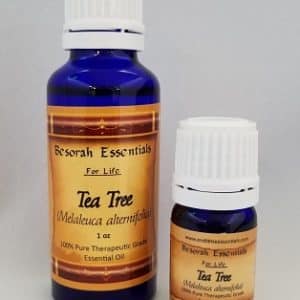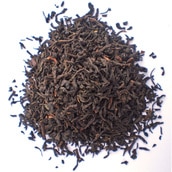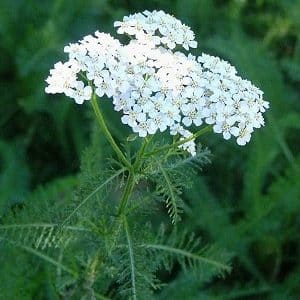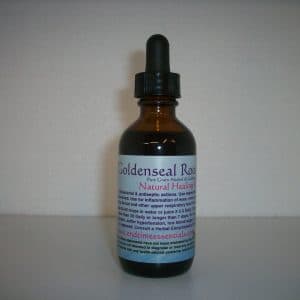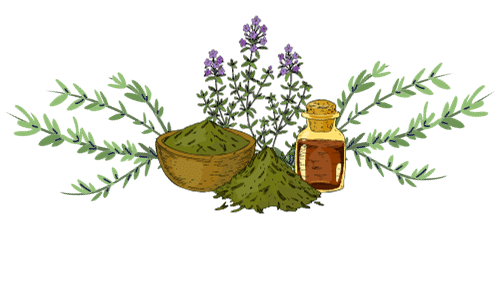Botanical Name
Common Names
Native to North America, wintergreen is an aromatic, low-lying, evergreen shrub, growing to about six inches. It has leathery, oval leaves, small white or pale pink, bell-shaped flowers, and brilliant red fruit. It can be found in woodland and exposed mountainous areas. The leaves and fruit are gathered in the summer.
Wintergreen is often used to relieve pain and inflammation, since the leaves contain a compound closely related to aspirin. Several tribes, including the Delaware and Mohican, used a tea made from the leaves to treat kidney disorders. The Great Lakes and Eastern Woodland tribes used poultices of wintergreen to treat arthritic and rheumatic aches and pains. It was also used by many tribes to treat back pain, fever, headaches, sore throats, and many other conditions.
Samuel Thomson, founder of the 19th century Physiomedicalist movement, combined it with hemlock to treat severe fluid retention.
During the Revolutionary War of 1776-1783, it was used as a substitute for tea and hence its nickname.
Key Actions
Key Components
Cautions
Do not take if sensitive to aspirin.
Oil of wintergreen should never be taken internally, nor applied even well diluted to the skin of children under twelve unless under strict professional supervision.
Note that modern wintergreen oil is usually a synthetic.
